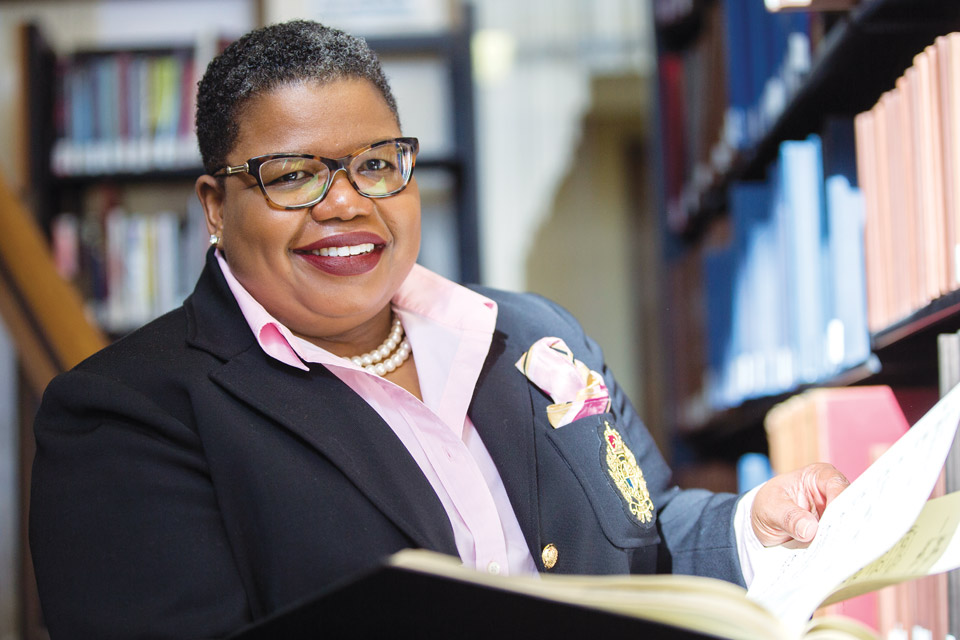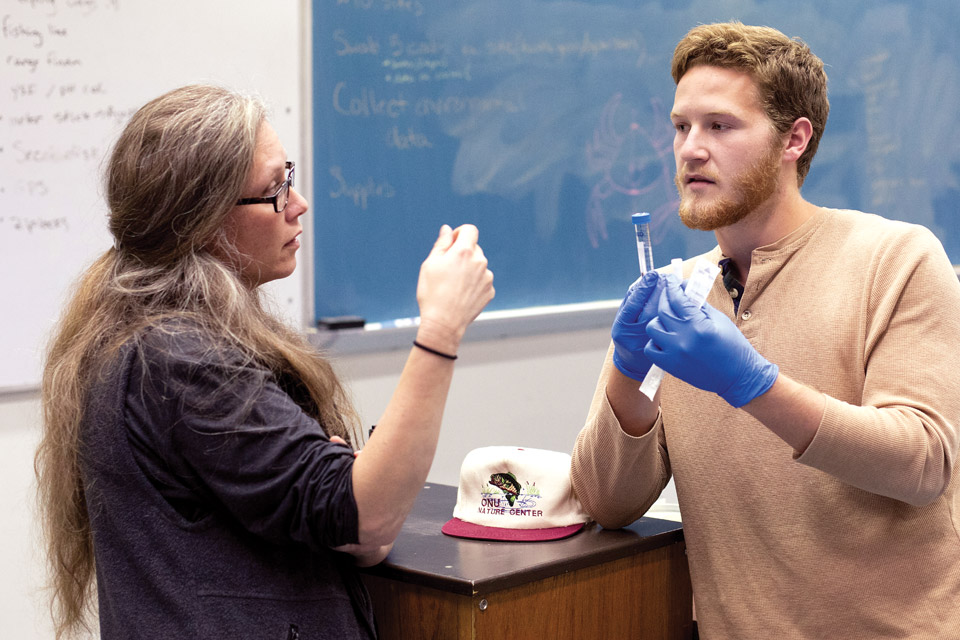Ohio Life
2018 Excellence in Education: Education Inspiration
As part of our 2018 Excellence in Education honors, we talk with three Ohio educators on this year’s list about how they teach their students both inside and outside the classroom.
Related Articles

Ohio Love Staff Picks: March 2025
From a beloved pancake breakfast in Burton and a former factory in Mount Vernon to an iconic piece of Cincinnati history, here’s what our staff loves about Ohio this month. READ MORE >>

Ohio Finds: Clyde Singer’s “Beaten Ball Club”
Born in 1908 in Malvern, Singer was a natural artist. He created this painting in 1949. READ MORE >>

Final Leg of the Buckeye Trail Is Dedicated
After decades of effort, Ohio’s official trail was recognized as complete during a ceremony on March 20, 1981. READ MORE >>





